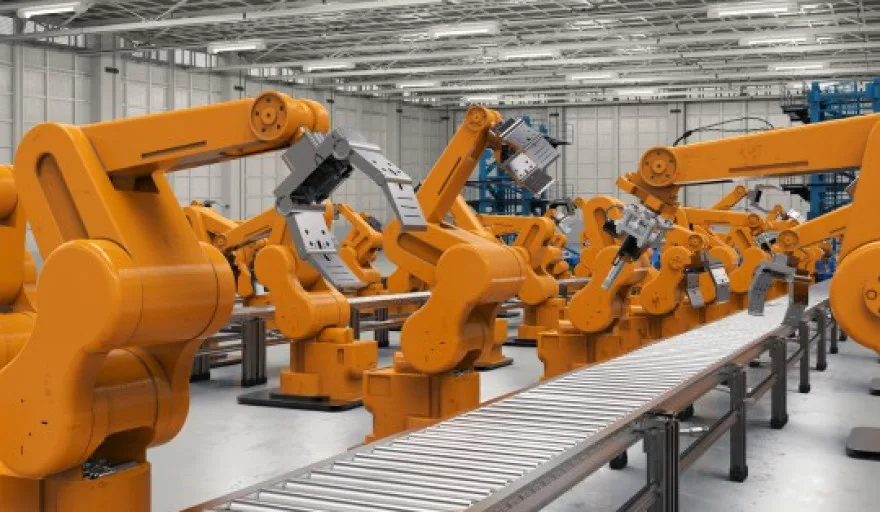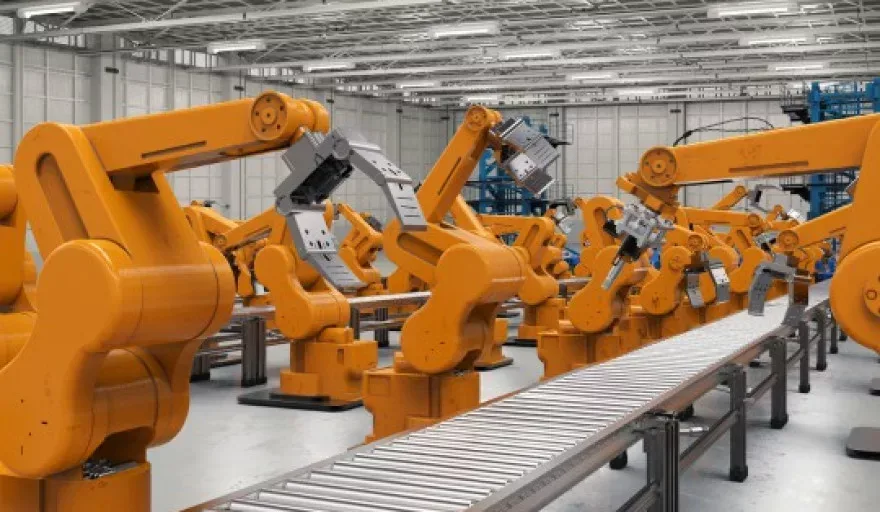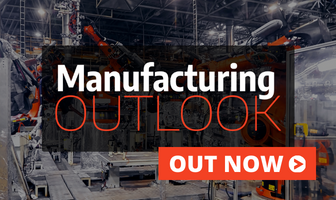
The 2017 East African Manufacturing Conference made its debut in Nairobi, Kenya in April, representing one of the region’s biggest ever forums for both the private and public sector to analyse one of the region’s most pivotal sectors.
Led by the team who created and runs the South African Manufacturing Indaba, there was a strong turnout for the inaugural expo, including East African community representatives, Kenya’s Minister of Industry, Trade and Cooperatives, and representatives from the Kenya Manufacturers Association. And all of them soaked up East Africa’s approach to the sustainable growth of the manufacturing sector in East Africa.
Mike Vincent is the Deloitte Africa Advisory leader for the Manufacturing, Automotive and Construction sectors (also sitting on the Deloitte Consulting Africa Leadership Committee and the South African Consulting Committee), and he shared with us his take on the industry in Africa at present, and his experiences and reviews from the two-day gathering.
Africa Outlook (AfO): It has been noted that there was a strong presence of South African companies in attendance at the event so could you firstly talk me through the current state of the manufacturing industry in South Africa, and the subsequent reasons for the region’s high attendance rate?
Mike Vincent (MV): There was a strong presence, and from those that participated the sentiment was that the prospects for growth in South Africa are currently quite low, and as a result, many of these companies are seeking growth opportunities in new markets; and the East African region provides an exciting possibility for future growth. Overall, the SA manufacturing sector is still considerably larger, and there was little to no indication from those present of divesting. However, the opportunity to grow, even off a smaller base, is what is causing South African manufacturers to look north of the Limpopo
AfO: How would you compare the state of South Africa’s manufacturing sector at present to compared to East Africa, where the event was held?
MV: According to World Bank US dollar-based data (2015), manufacturing as a percent of GDP in 2015 for SA was 13 percent while 11 percent for Kenya, 10 percent for Nigeria and 17 percent for Egypt. The Kenyan and East African economies are smaller than SA and the Southern African region. Southern Africa is a historically more industrialised region and has experienced economic development and growth through, in part, a focus on mineral extraction. This has been less evident in EA. However, the reliance on commodities as a growth driver is declining on the continent, and a shift towards demand-driven growth is where the opportunity lies with the EA region. The growth opportunity is reflected in regional growth rates over the past few years as well as in forecasts for the short to medium-term.
AfO: On an even wider note, how would you assess Africa, as a continent’s, manufacturing evolution and competitiveness in comparison to other regions such as the US, EU, or China?
MV: We are comparing a post industrialised world in the US and EU and to a lesser extent China, to an industrialising and re-industrialising continent in Africa. As such, the drivers of competitiveness are contextual to the regions and countries. As a continent, African is coming off a relatively smaller base, however, there is opportunity for growth. Sentiment from the conference was that a minimum eight-10 year investment horizon is required for manufacturing sector investment decisions on the region, and that these investments should follow an incremental investment strategy. This is indicative of both the recognition of the opportunity, the uncertainty in business stability in the region, as well as the appreciation of African investment nuances.
In the Deloitte report titled, ‘Global Manufacturing Competitiveness’, global CEOs ranked the top drivers of global manufacturing competitiveness as: one, talent; two, cost competitiveness; three, workforce productivity; four, supplier network; and five, legal & regulatory system.
When considering these drivers from an African perspective, based on a recent African Manufacturing Competitiveness survey Deloitte has run, cost competitiveness is by far the most important driver of competitiveness to African manufacturers. Workforce productivity, supplier network and local market attractiveness are very important; whereas talent that ranked first in the global index, ranks fifth [here]. Local market attractiveness is ranked significantly higher in Africa than global perspectives while physical infrastructure ranked fifth in Africa compared to seventh globally.
The results are our preliminary findings from the survey and the full results and report will be launched in July.
Three steps to enhancing competitiveness in Africa’s manufacturing sector:
· Increase private and public sector collaboration throughout the policy development journey
· Increase investments in infrastructure to create easier access to markets for the trade of goods and services; thus increasing manufacturing investments
· Invest further in skills development for the good of the sector from both private and public perspectives
AfO: What main themes do you believe are driving or hindering African manufacturing competitiveness at present, and how can these be capitalised on or resolved as the case may be?
MV: From an African Manufacturing Competitiveness perspective, in the short-term (the next 18 months), when asked about business concerns, the number one response was ‘government corruption’ followed by ‘exchange rate fluctuations’ and 3 ‘cost inefficiencies’.
Africa faces the dual challenge of economic development and job creation. There are many differing perspectives on the growth of manufacturing that is technology-driven, as the question arises whether mechanisation will decrease the availability of unskilled employment opportunities in the sector. The other school of thought promotes taking advantage of advanced technologies to drive manufacturing-led growth, which, by virtue of this economic growth will indirectly create value-added value chain job creation, while directly changing the type of jobs available in the sector.
It is not clear whether this will provide an overall positive or deficit in job creation. However, there is acknowledgement that to compete on a global scale, technology-driven innovation is an imperative. This might be more of a possibility for an MNC, yet the challenge lies with your SMME manufacturers. Sentiment appears to be that the use of advanced technologies, while recognised as a possibility, is not that well understood from a practical perspective. Bridging this ‘digital divide’ will be a challenge; while most SMMEs are focused on daily survival, it proves difficult to look to the future and consider future-facing investments in this space over focusing on getting increased efficiencies for the business of today.
AfO: What do you feel can be done to change this culture and to what extent was this voiced at the event?
MV: A stable regulatory environment can help create certainty which positively impacts investment decisions while uncertainty suppresses investments. A resounding call from those that participated at the EA Manufacturing conference was for ongoing robust communication between the private and public sectors. This requires an inclusive collaborative approach to policy development which will help to bridge the gap between policy development, implementation and effective outcomes and impact for the private sector and economy.































